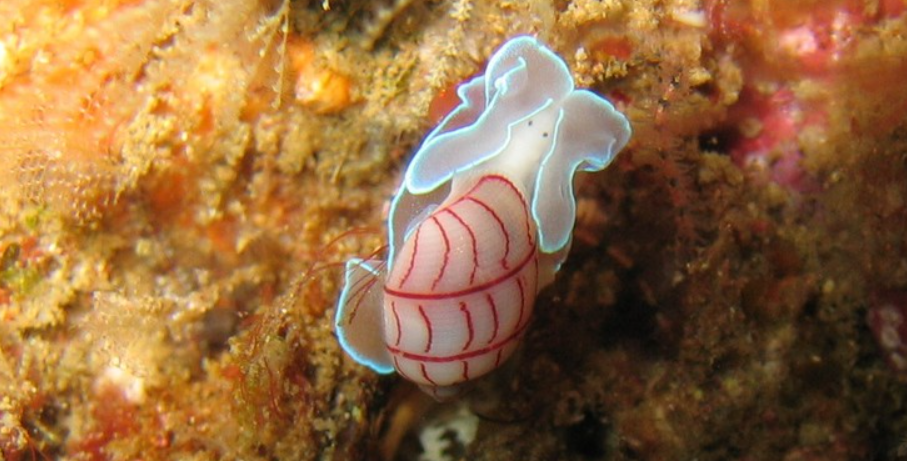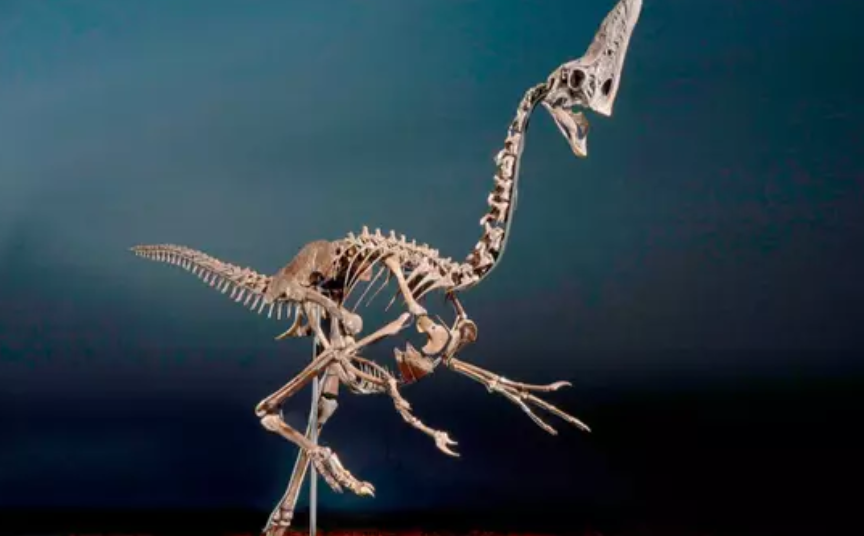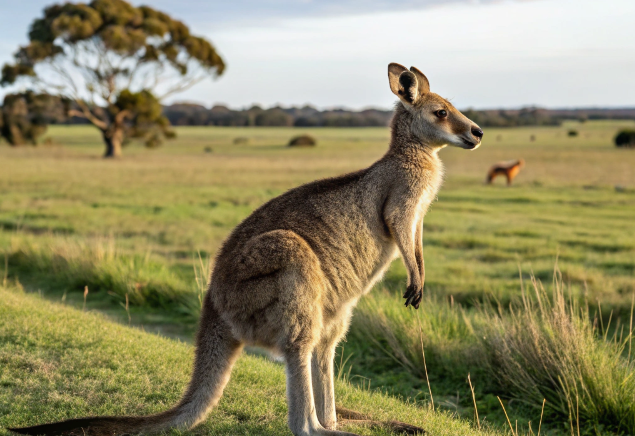The Glowy And Rare Bubble Snail That Looks Unreal

© Wikipedia
We have all heard of fish swimming in the sea, but how about them moving around like bubbles instead?
In a sea where fish don’t just swim, but dance and dazzle, bubble fish take center stage as the aquatic equivalent of pop stars. They are the ‘A-listers’ of the underwater kingdom, putting on a show that could rival the most mesmerizing scenes from ‘Finding Nemo’.
What Is a Bubble Snail?
A bubble snail, scientifically known as “Bullina lineata”, is a type of marine gastropod mollusk that belongs to the family Bullinidae. These small, colorful snails are often referred to as bubble snails due to their unique appearance.
Bubble snails are characterized by their glossy, semi-translucent shells, which can be shaped like elongated bubbles or capsules. The shells are often adorned with vibrant patterns and colors, making them visually striking. These snails are usually quite small, typically measuring less than an inch in length.
One of the most distinctive features of bubble snails is their ability to trap and use air bubbles within their shells. They have a specialized structure called a “pneumostome” that allows them to take in and store air. This adaptation enables them to control their buoyancy and move up and down in the water column with ease. When they ascend to the water’s surface, they may release a trail of tiny bubbles, creating a fascinating spectacle.
The Difference Between a Land and Bubble Snail
Bubble snails, such as the miniature melo, have unique characteristics compared to other snails. They cannot retract fully into their shells, relying instead on camouflage and speed to evade predators. Measuring just about a centimeter in length, their small size also works to their advantage.
These snails primarily feed on cirratulid polychaete worms, known for their peculiar, yellowish tentacles. Like many Opisthobranchs, bubble snails are believed to consume and store toxins from their prey, making them an unappetizing choice for larger sea creatures.
Bubble Snails Fun Facts
Here are some interesting facts about these tiny creatures:
- Shell Shape: The shells of bubble snails come in various shapes, including elongated capsules, resembling bubbles. They are often colorful and adorned with intricate patterns, making them visually appealing to observers.
- Predator Avoidance: Because bubble snails cannot fully retract into their shells, they rely on camouflage and quick movement to evade predators. Their small size and ability to blend into their surroundings make them less conspicuous targets.
- Feeding on Worms: Many bubble snail species, like the miniature melo, feed on cirratulid polychaete worms. These worms have distinctive, yellowish tentacles that the snails find irresistible. This diet is unusual among snails and adds to the bubble snails’ unique characteristics.
- Toxin Accumulation: Bubble snails are believed to consume and store toxins from their prey, making them unappetizing and potentially harmful to larger predators. This adaptation is common among Opisthobranchs, the order to which bubble snails belong.
- Tiny Travelers: Bubble snails are typically quite small, with most species measuring less than an inch (about a centimeter) in length. Their small size allows them to explore tiny crevices and navigate the intricate underwater world with ease.
It is clear that these tiny sea snails are more than just quirky underwater neighbors. With their inability to hide away in their shells, their impressive camouflage skills, and their pocket-sized stature, they have mastered the art of survival in the big, blue playground of the ocean.


